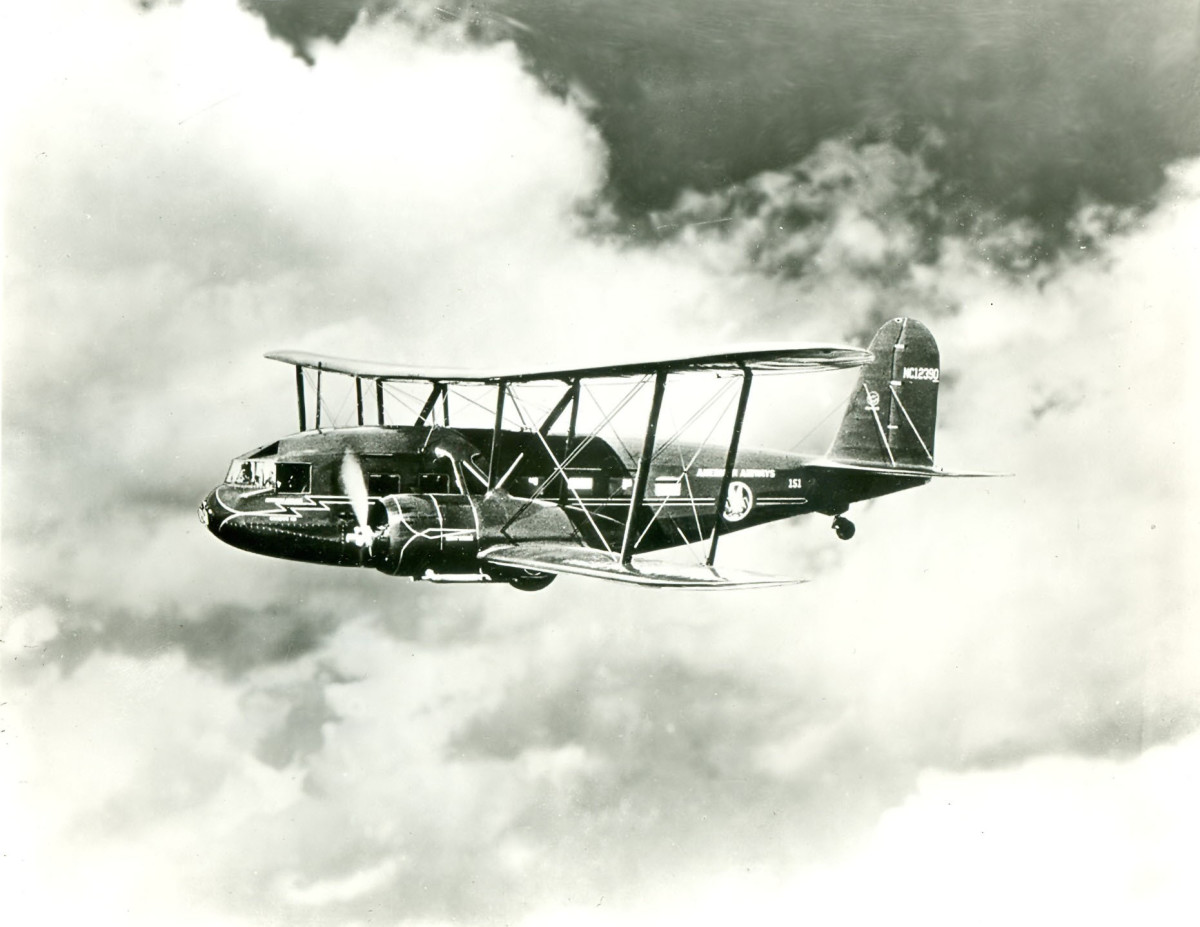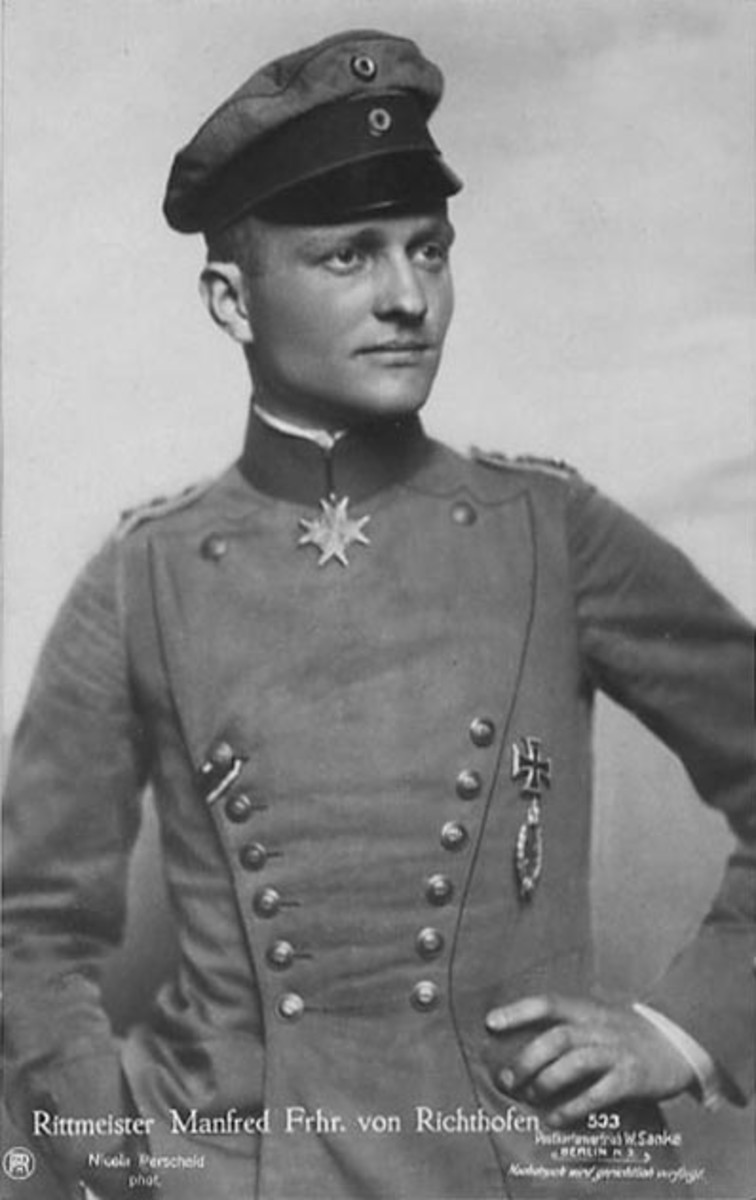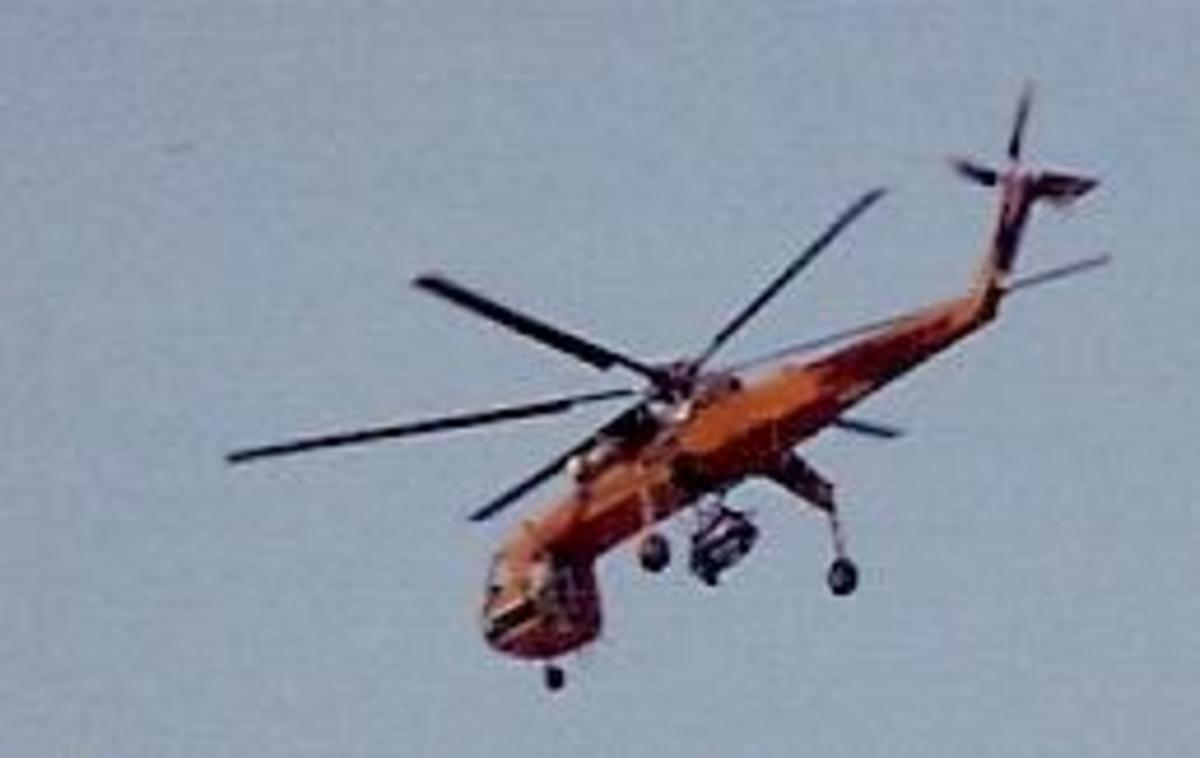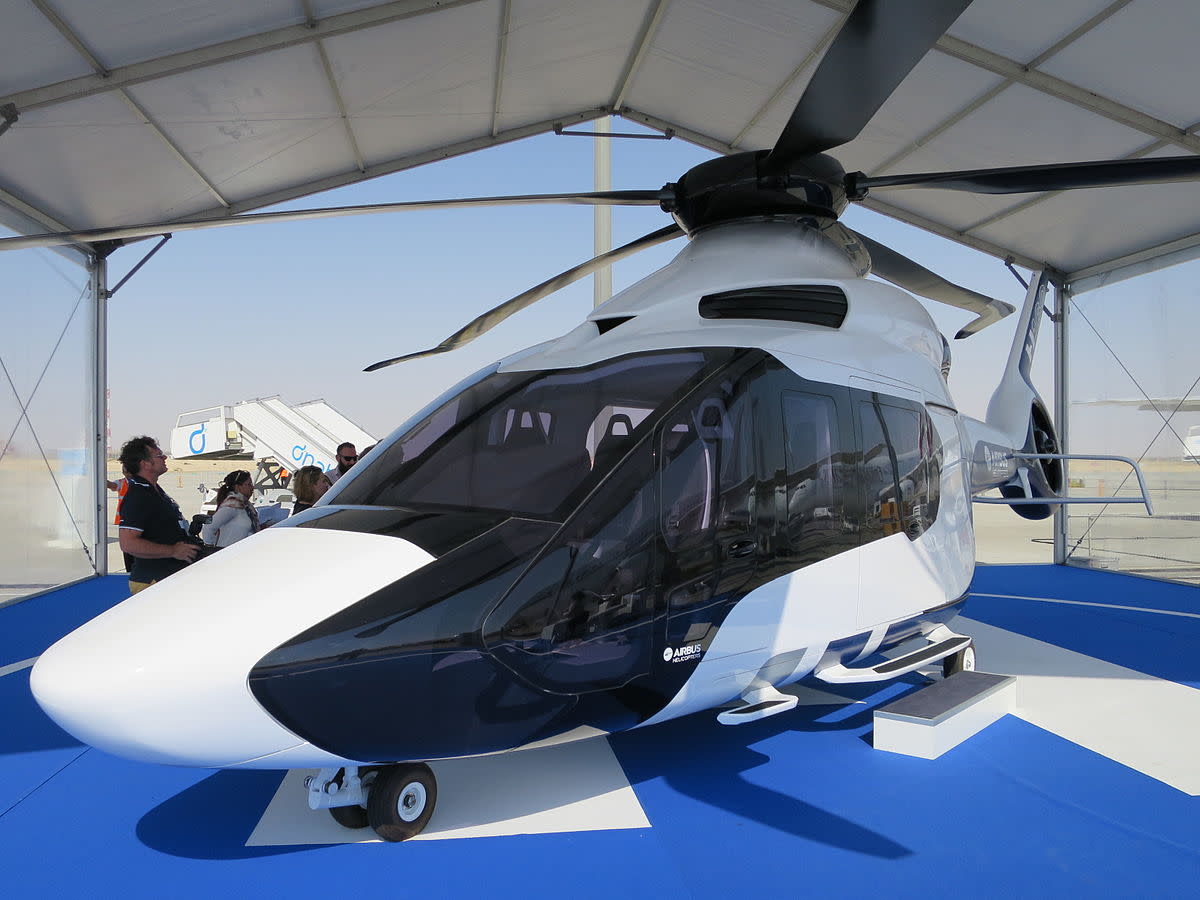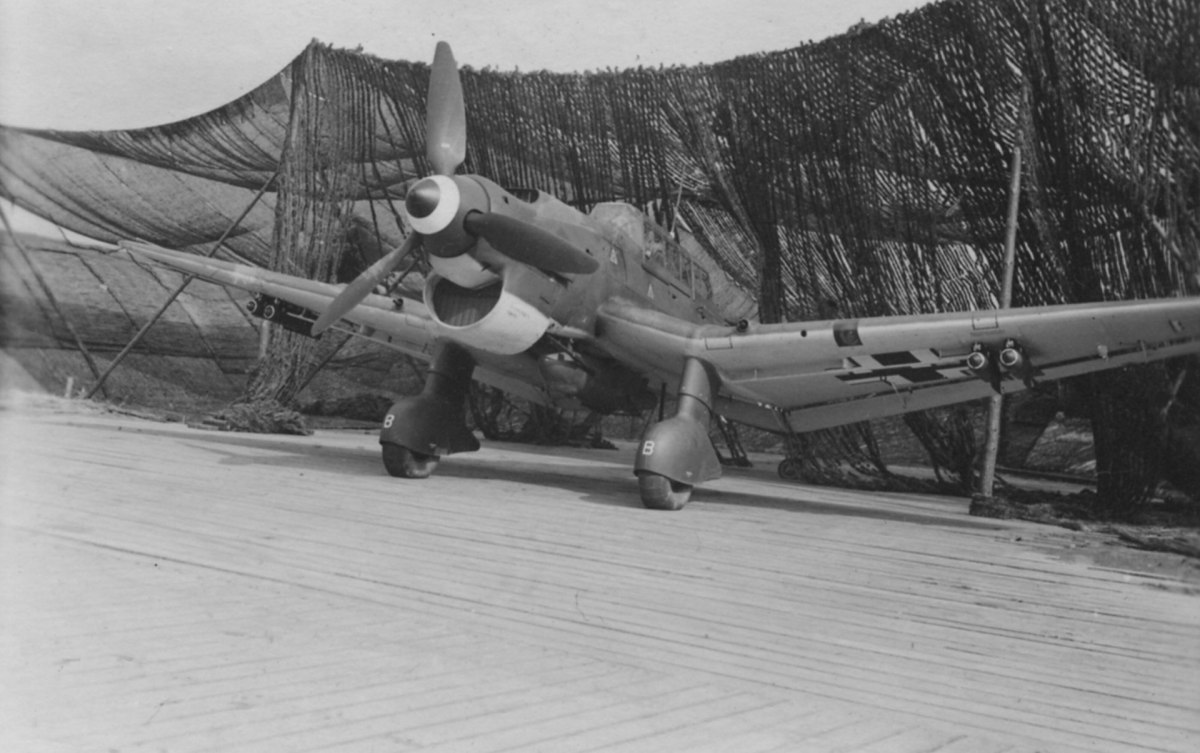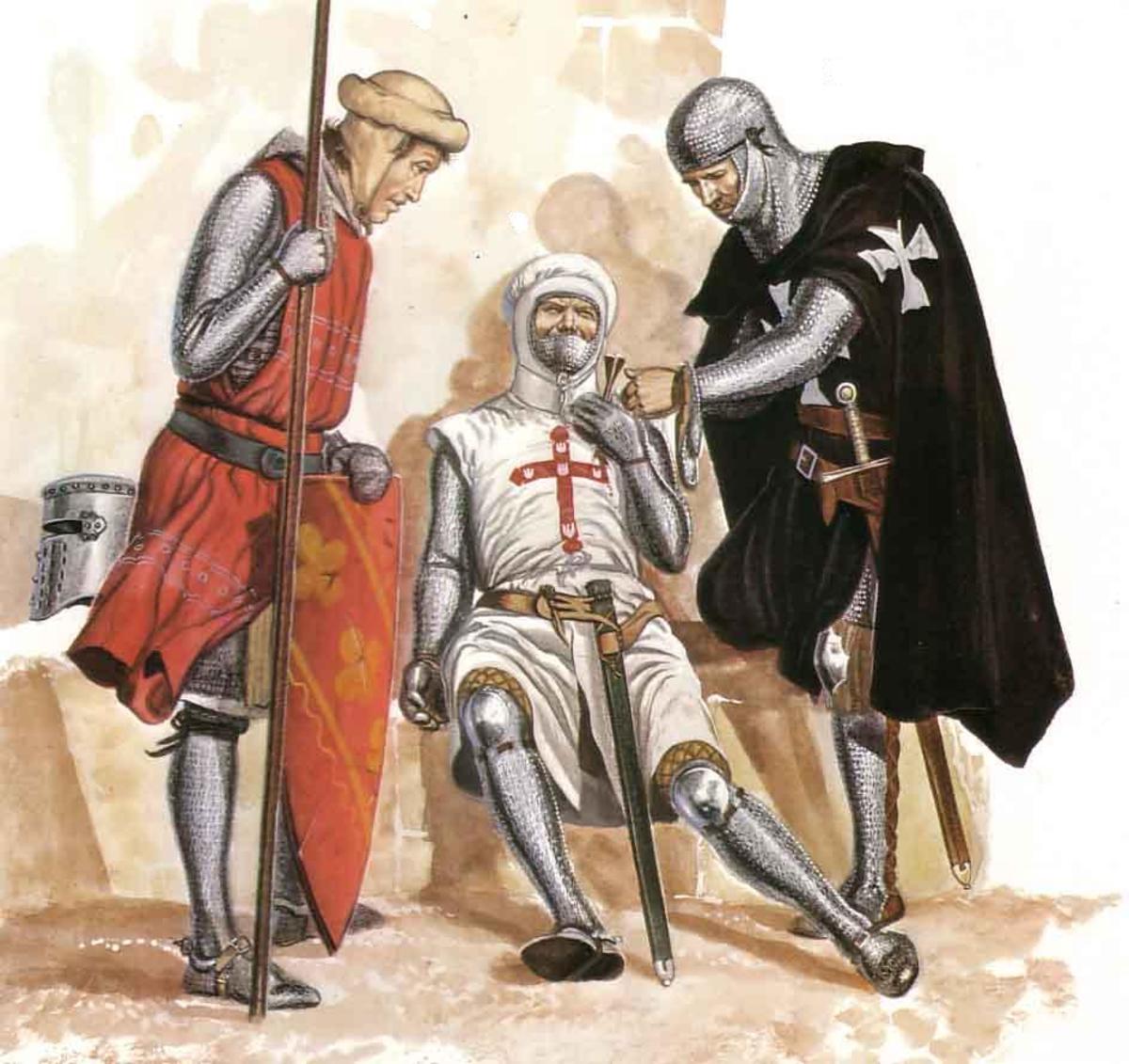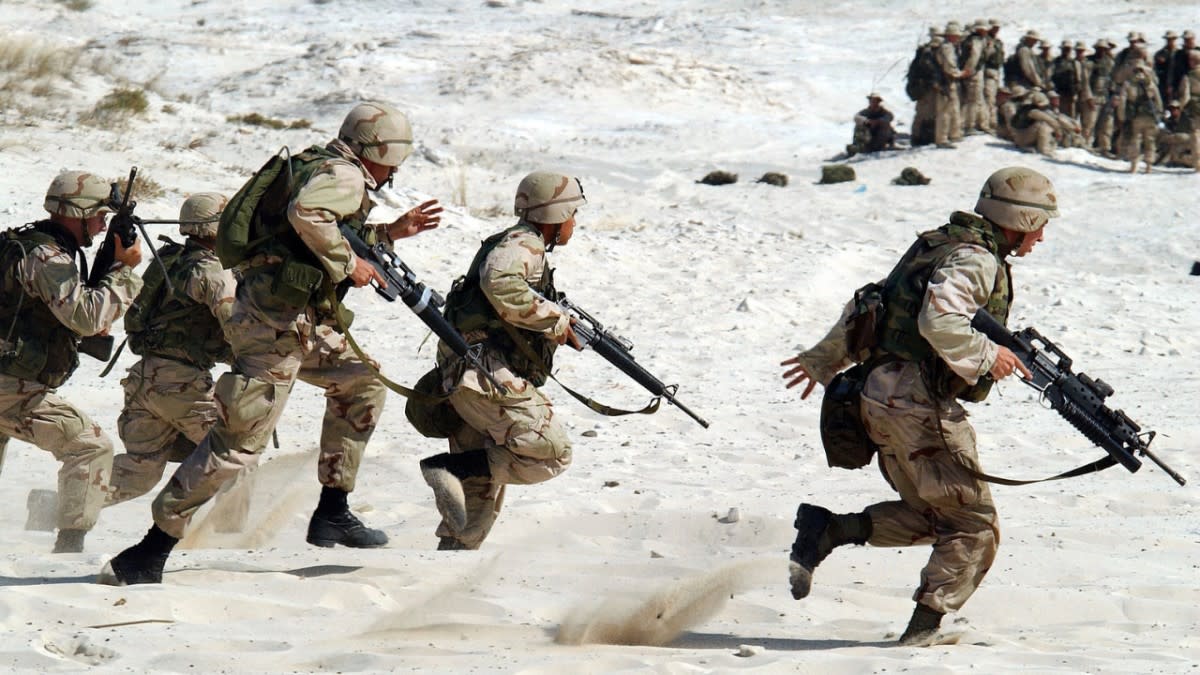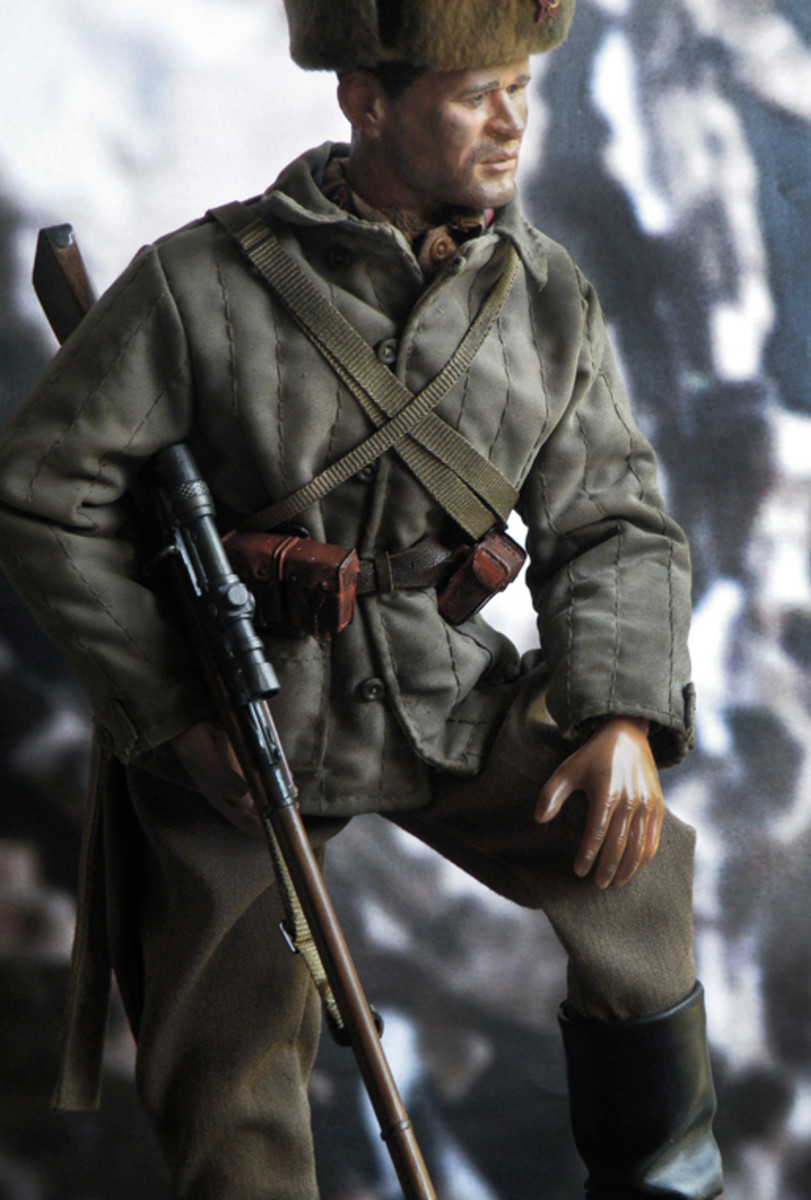History of Air Rescue
Air Rescue came from the practical idea that downed or stricken pilots could be rescued and returned quickly and relatively unharmed back to their units. Losing an aircraft to the enemy meant more than losing an airplane. The pilot as well as the monetary cost of training him figured into the total loss. Therefore, it was only natural to try to retrieve downed pilots as had been attempted in many daring rescue attempts during World War One. At sea, when a pilot ditched his aircraft, only a submarine or ship could assist in the rescue. Moreover, on land retrieval by air was an almost impossibility, unless in the rare instance another plane actually landed, retrieved the downed pilot and then took off again. This dangerous situation was more often the case during the First World War, and there were in reality very few rescue attempts. During World War Two, however, due the proliferation of aircraft, rescue became an imperative to military doctrine. Nonetheless, the vast majority of downed pilots were either taken prisoner, succumbed to their injuries, or escaped behind enemy lines back to their bases. Something else was desperately needed and the helicopter answered that call.
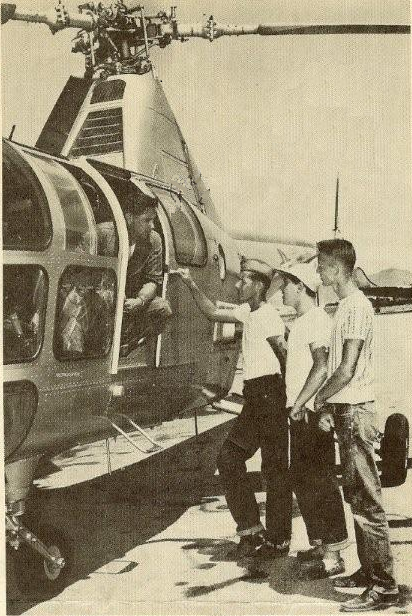
The first rotary winged rescues came in the China-India-Burma theater, when Army Air Force units used Sikorsky R-6 helicopters to pick up downed airmen. Although rare, the feats not only made newspaper headlines back in the United States, but made even the most reluctant military mind see the full potential of the helicopter. Those successes were rightfully sensationalist in the press and created a buzz within the public, but even that did not provide the impetus to adopt the helicopter fully to a rescue role.
Invented by Igor I. Sikorsky, the helicopter in retrospect seemed to be the most logical answer to rescuing downed pilots. Nonetheless, it still took a few years for the helicopter to be seen as a rugged, durable and reliable craft. Only then did the Coast Guard recognize its benefits as a rescue platform. Indeed, the Coast Guard was the first to use the helicopter in an emergency, ferrying blood plasma from Manhattan to the seriously injured survivors of the U.S.S. Turner who were being treated on the New Jersey coast. By 1944, a number of successful tests were completed using a variety of hoists and stretchers to lift potential survivors from their predicament. Developed and tested by Commander Frank Erickson during the 1940s, power-hoist equipment was adopted on all Coast Guard helicopters for rescue. Even so, it was a civilian rescue that truly showcased the importance of the helicopter as a rescue platform and captured the imagination of the American public.
On November 29, 1945, a fierce storm lashed the eastern seaboard. A large barge broke off from an oil tanker, and two men were swept away on top of the barge which finally mired itself on a reef near the coast of Fairfield, Connecticut. The storm remained intense, creating large waves and an exceptionally high tide which ruled out any rescue attempt by boat. A Sikorsky R-5 helicopter operating coincidentally directly out of the Sikorsky factory, flown by Sikorsky’s nephew, pilot Dimitri D. Viner, attempted to pick them up. Fighting sixty mile an hour winds, the aircraft struggled to hover over the two men. During all other previous rescue attempts, including those in the Burma jungle, each helicopter had landed on firm ground, but during this rescue attempt, the helicopter hovered, and each man used the hoist and harness to bring themselves to safety. The flight engineer, Captain Jackson E. Beighle, an Army Air Force representative and friend of the pilot, lowered the hoist. The first person was hoisted into the hovering helicopter and ferried to land. The helicopter could not rescue more than one person at a time due to its lack of space inside the cabin and underpowered engine. The helicopter flew back to the barge and the second man strapped himself into the harness. With about 30 feet left until the captain of the ship reached the cabin, the winch jammed, and he swung precariously under the helicopter with the wind and spray whipping all around him. Undeterred, Viner simply left the ship captain dangling under the helicopter and brought him to land and placed him gently onto the shore, where the seaman stepped down onto the ground and removed the harness as if it were the most normal thing to do. The next morning, newspapers around the country published the story and a picture of the helicopter rescue. The helicopter was here to stay.
Two years later, in 1947, several Navy rescues southeast of Bermuda helped solidify the usefulness of the helicopter in the Navy’s inventory. Conducting its own training with the H-5 helicopter, the Navy soon worked out the unique challenge of rescuing downed airmen in temperamental seas as well as on land. A new, more powerful hoist system with a sling was eventually developed and met with much success during the Korean hostilities. Also recognizing and adopting the need for a hoist and sling system, the United States Army added pods to its helicopters to rescue its personnel behind enemy lines or to quickly evacuate wounded soldiers. The Fairfield civilian rescue combined with military necessity led to a hoist and harness system developed by the newly independent Air Force as well. Even the Marines got into the act and in 1951 had proved the worth of the offensive arm of the helicopter by capturing a hill by ferrying troops in entirely by helicopter. But the Marines too, used the whirlybird initially for rescue.
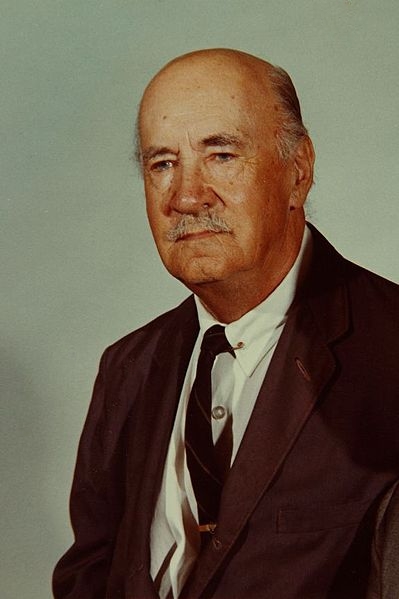
As the humanist Sikorsky once said: "If a man is in need of rescue, an airplane can come in and throw flowers on him and that's just about all. But a direct lift aircraft could come in and save his life." The Russian-American inventor was most proud of his invention’s ability to provide rescue to anyone who needed it. In fact, Sikorsky offered the coveted "Winged-S Rescue Award Program" to all aircrew members involved in a successful rescue flying any Sikorsky aircraft. Initiated in 1950, a small medal would be awarded combined with a personalized award. To date, an estimated two million lives have been saved with Sikorsky helicopters.

